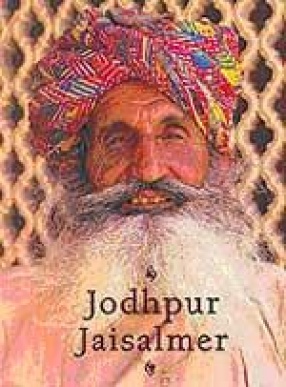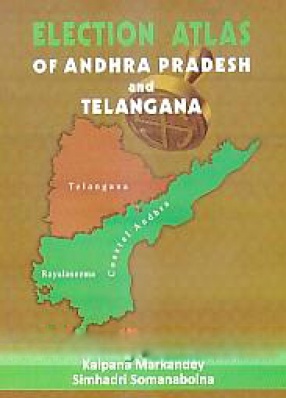Far out into the desert were two kingdoms ruled by princes who claimed their descent from the sun and the moon. Slowly they established their might over the desert and extended their sway, often coming into conflict with each other. In the isolation of their capitals, they remained in touch with world affairs, and made their outposts modern cities. When Jodhpur was established over five centuries ago, its princes, not satisfied with what they held set off on missions of conquest. The foundation of Bikaner by Rao Bika became the most important historical offshoot, but other members of the family also established Idar, Kishengarg, Ratlam, Jhabua and Sailana. This happened, as Mahender Singh, former Yuvraj of Idar and great-grandson of the late Sir Pratap says, because those were very turbulent times in Indian history, exciting times. Indian princes witnessed turbulent times again in 1947 when their independent kingdoms wee merged with the Indian union. On May 12, 1952, four-year-old Gaj Singh inherited the throne after his father’s fatal air accident. Although Jodhpur had acceded to the dominion of India in 1947, the young Gaj Singh was recognized he Maharaja of Jodhpur by Presidential decree, the thirty-eighth of his dynasty. Princely India finally ceased to exist in 1970, after Prime Minister Indira Gandhi abolished the royals’ privy purses. The former maharajas found themselves selling family heirlooms for survival, converting their palatial residences into hotels.
Jodhpur Jaisalmer
In stock
Free & Quick Delivery Worldwide
Bibliographic information
Title
Jodhpur Jaisalmer
Author
Edition
1st ed.
Publisher
Roli Books Pvt. Ltd., 2005
ISBN
8174363963
Length
96p.
Subjects









There are no reviews yet.